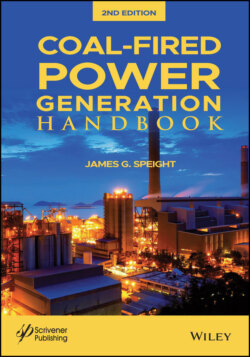Читать книгу Coal-Fired Power Generation Handbook - James Speight G., James G. Speight - Страница 57
3.2.3 Mine Decommissioning and Closure
ОглавлениеIn the United States, federal regulations for decommissioning and closure of mining operations are administered by the Mine Safety and Health Administration (MSHA), the Office of Surface Mining Reclamation and Enforcement (OSM), and the Environmental Protection Agency (EPA) – in some cases state and local governments have additional requirements.
The major decommissioning and closure activities are: (i) sealing of all access to underground mine areas, (ii) removal of all surface facilities, and (iii) reclamation of surface mine areas that often are carried out concurrently with mining operations and the surface areas of underground mines. Underground and surface coal mines present different challenges for decommissioning and closure. The critical factors in underground mining are the effects of subsidence and hydrology, both of which require continued monitoring and control. For surface mines, the critical factors relate to drainage and treatment of water and to erosion and sedimentation of the slopes, the waste and spoil banks, and the final pit. Continued use of the surface mine infrastructure (such as roads, buildings, utilities) depends to a large extent on the post-mining requirements described in the mining plan. A mining plan that is well integrated with a community master plan can result in optimum post-mining use of this infrastructure.
Currently, mine closure is a rigorously regulated process requiring detailed technical and financial analysis during the planning and operation stages for a mine – and ensuring financial and legal responsibility for post-mining closure. There is the continued need to mitigate the effects of past mining practices and to demonstrate more effective and sustainable solutions to the problems of acid mine drainage, mine fires, and the utilization of waste piles from abandoned mine land sites (NRC, 2007).
